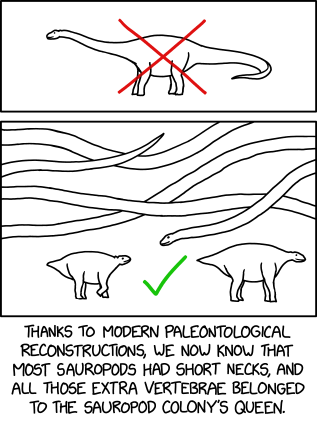"If you close your eyes and you don't look at the code and you have AIs build things with shaky foundations as you add another floor, and another floor, and another floor, and another floor, things start to kind of crumble," Truell said. Truell and three fellow MIT graduates created Cursor in 2022. The tool embeds AI directly into the integrated development environment and uses the context of existing code to predict the next line, generate functions, and debug errors. The difference, as Truell frames it, is that programmers stay engaged with what's happening under the hood rather than flying blind.
"If you close your eyes and you don't look at the code and you have AIs build things with shaky foundations as you add another floor, and another floor, and another floor, and another floor, things start to kind of crumble," Truell said. Truell and three fellow MIT graduates created Cursor in 2022. The tool embeds AI directly into the integrated development environment and uses the context of existing code to predict the next line, generate functions, and debug errors. The difference, as Truell frames it, is that programmers stay engaged with what's happening under the hood rather than flying blind.


There’s an interesting cultural observation to be made as a writer based in Europe, that we like our sans-serif fonts, while our American friends seem to prefer a font with a serif. It’s something that was particularly noticeable in the days of print advertising, and it becomes very obvious when looking at government documents.
We’ve brought together two 1980s patents from the respective sources to illustrate this, the American RSA encryption patent, and the British drive circuitry patent for the Sinclair flat screen CRT. The American one uses Times New Roman, while the British one uses a sans-serif font which we’re guessing may be Arial. The odd thing is in both cases they exude formality and authority to their respective audiences, but Americans see the sans-serif font as less formal and Europeans see the serif version as old-fashioned. If you thought Brits and Americans were divided by a common language, evidently it runs much deeper than that.
But What Makes Text Easier To Read?

We’re told that the use of fonts such as Arial or Calibri goes a little deeper than culture or style, in that these sans-serif fonts have greater readability for users with impaired vision or other conditions that impede visual comprehension. If you were wondering where the hack was in this article it’s here, because many of us will have made device interfaces that could have been more legible.
So it’s worth asking the question: just what makes a font legible? Is there more to it than the presence or absence of a serif? In answering that question we’re indebted to the Braille Institute of America for their Atkinson Hyperlegible font, and to Mencap in the Uk for their FS Me accessible font. It becomes clear that these fonts work by subtle design features intended to clearly differentiate letters. For example the uppercase “I”, lowercase letter “l”, and numeral “1” can be almost indistinguishable in some fonts: “Il1”, as can the zero and uppercase “O”, the lowercase letters “g”, and “q”, and even the uppercase “B” and the numeral “8”. The design features to differentiate these letters for accessibility don’t dominate the text and make a font many readers would consider “weird”.
Bitmap Fonts For The Unexpected Win

It’s all very well to look at scaleable fonts for high resolution work, but perhaps of more interest here are bitmap fonts. After all it’s these we’ll be sending to our little screens from our microcontrollers. It’s fair to say that attempts to produce smooth typefaces as bitmaps on machines such as the Amiga produced mixed results, but it’s interesting to look at the “classic” ROM bitmap fonts as found in microcomputers back in the day. After years of their just flowing past he eye it’s particularly so to examine them from an accessibility standpoint.
Machines such as the Sinclair Spectrum or Commodore 64 have evidently had some thought put into differentiating their characters. Their upper-case “Ii” has finials for example, and we’re likely to all be used to the zero with a line through it to differentiate it from the uppercase “O”. Perhaps of them all it’s the IBM PC’s code page 437 that does the job most elegantly, maybe we didn’t realise what we had back in the day.
So we understand that there are cultural preferences for particular design choices such as fonts, and for whatever reason these sometimes come ahead of technical considerations. But it’s been worth a quick look at accessible typography, and who knows, perhaps we can make our projects easier to use as a result. What fonts do you use when legibility matters?
Header: Linotype machines: AE Foster, Public domain.
Hunt says he's looking to hire a Principal Software Engineer to help with this effort. "The purpose of this Principal Software Engineer role is to help us evolve and augment our infrastructure to enable translating Microsoft's largest C and C++ systems to Rust," writes Hunt. "A critical requirement for this role is experience building production quality systems-level code in Rust -- preferably at least 3 years of experience writing systems-level code in Rust. Compiler, database, or OS implementation experience is highly desired. While compiler implementation experience is not required to apply, the willingness to acquire that experience in our team is required."


